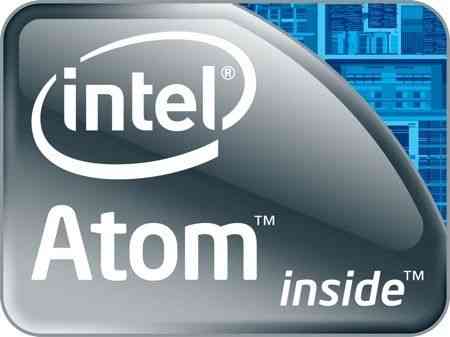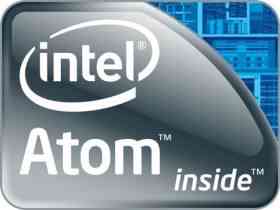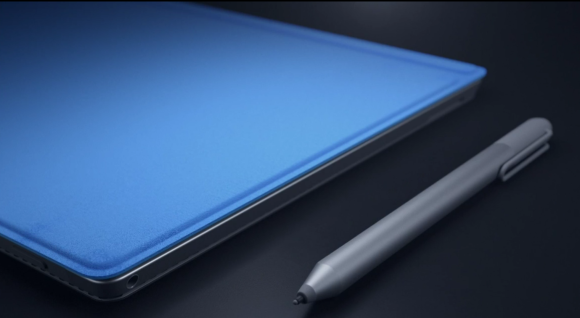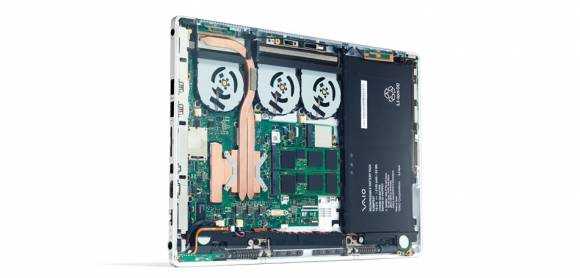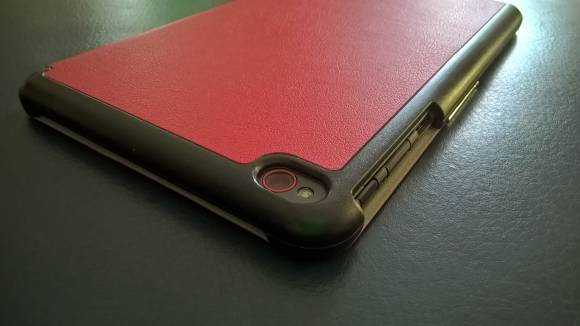The Intel-based ultra mobile PC era is coming to an end. The next generation of Intel SoCs for Windows and Android phones and tablets has been cancelled, signalling a departure from the 5-10 inch mobile PC space. Core M could fill-in but it looks very much like Intel are stepping away from this market. We’ve covered this for over 10 years at UMPCPortal so it’s a hard-hitting story for this website and all its fans. What’s the future for ultra mobile PCs?
Read the full storyTag Archive | "tablet pc"

Huawei Matebook. Thin, light and…expensive.
Posted on 21 February 2016
Huawei just launched a product that’s got style, a thin bezel and fingerprint-unlock. There’s a USB port too.
I’m not talking about the Mate 8 that I’m testing right now I’m taking about the Huawei Matebook that just launched at MWC. It’s a 2-in-1 running Windows 10 on the latest Core M platform.
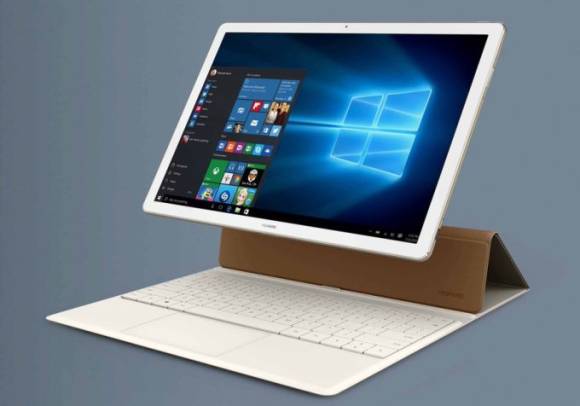
Huawei Matebook launched at MWC 2016
It’s actually a 12.9-inch tablet that starts at $699 (Core 3, 4 GB, 128 GB SSD) and you can add a keyboard that costs $129. A pen costs $59 and if you want to attach a monitor you’ll need an adapter. Huawei will sell you one for $89.
This fanless tablet has no stand and includes a 33.7 Wh battery, smaller in size to the battery in the Surface Pro 4, Lenovo Miix 700 and Spectre X2, all of which I’ve tested recently. It will certainly be powerful enough for office work, Minecraft and basic Full-HD video editing. The latest Skylake Core M platforms are truly as fast as a Surface Pro 3 for most tasks but don’t expect to reach the claimed 10-hours of battery life under normal conditions.
It’s interesting that a 12.9-inch Windows 10 tablet should launch at MWC and it’s interesting that Huawei, a company that has made a good name for itself in the smartphone market recently, should launch a Windows PC product. Isn’t it significant, however, that Huawei haven’t launched a Windows phone that can utilize Continuum?
How does a phone company position the pricing of a tablet PC? Huawei has chosen to go high-end here with a Core m5 version (8GB, 256GB) that costs more than the equivalent Lenovo Miix 700. It looks a lot slicker, yes, but that’s a huge price for a Core M-based PC. Are Huawei thinking of bundling and carrier deals here?
http://liliputing.com/2016/02/huawei-unveils-the-699-matebook-2-in-1-windows-tablet.html

Surface Pro 4. New thermal design appears to work well, and that’s very, very important.
Posted on 22 October 2015
The usual suspects got their Surface Pro 4 devices before anyone else and have been allowed to publish their reviews. I think you can skip many of them to be honest but one stands out. No, it’s not my review (I was 6 months behind the curve with my Surface Pro 3 review,) it’s the Anandtech review. It’s jam-packed with good information.

Vaio Z Canvas targeted at professional media creators is a work of engineering art.
Posted on 08 September 2015
The Vaio Z Canvas 12 is an amazing bit of engineering. It’s a 1.2 KG / 2.66 pound tablet with stand and keyboard cover which doesn’t sound like anything different…until you learn that this beast will run a K-series quad-core 47 W Haswell processor. Holy smoking tablets Batman!

Lenovo Thinkpad 8 (Z3795) Tests
Posted on 10 July 2015
I bought a Thinkpad 8. Why? This high-end Windows 8 tablet with LTE and 4GB got an update to the Z3795 CPU, has much improved performance over the original and was retailing in the UK for an absolute bargain price. Since I bought it I’ve done a lot of testing and a lot of travelling with it. I’ve also treated it to a hard case and a USB 3.0 OTG adaptor which says a lot about how I plan to use it.
Update March 2019. I still use this tablet regularly. The hard case broke unfortunately but I am still impressed with it. Windows 10, plenty of storage and LTE.
More information on the Lenovo Thinkpad 8
Read the full story
Windows 10 Build 10158 – Bigger steps needed for tablet users
Posted on 01 July 2015
This post is out of date before I’ve even posted it. As I was finalizing this post, build 10159 appeared and I’m downloading it now. We don’t know what’s in the latest build yet but it’s said to be significant. I’ll update this post with anything that’s affected here and write a new overview after I’ve looked at build 10159.
The ‘beta’ tags have been removed from Store, Music, Maps, Edge and other apps in Windows 10 preview release 10158 and the old Windows 8.1 versions have gone. There are visual tweaks, support for Hello where users have the required hardware and Quiet Hours is back. The Battery indicator shows remaining and time-to-charge figures, the Photos app has been updated and the (desktop) Snipping Tool has a new delay feature. Microsoft Wi-Fi is coming. But there’s little here for tablet users.
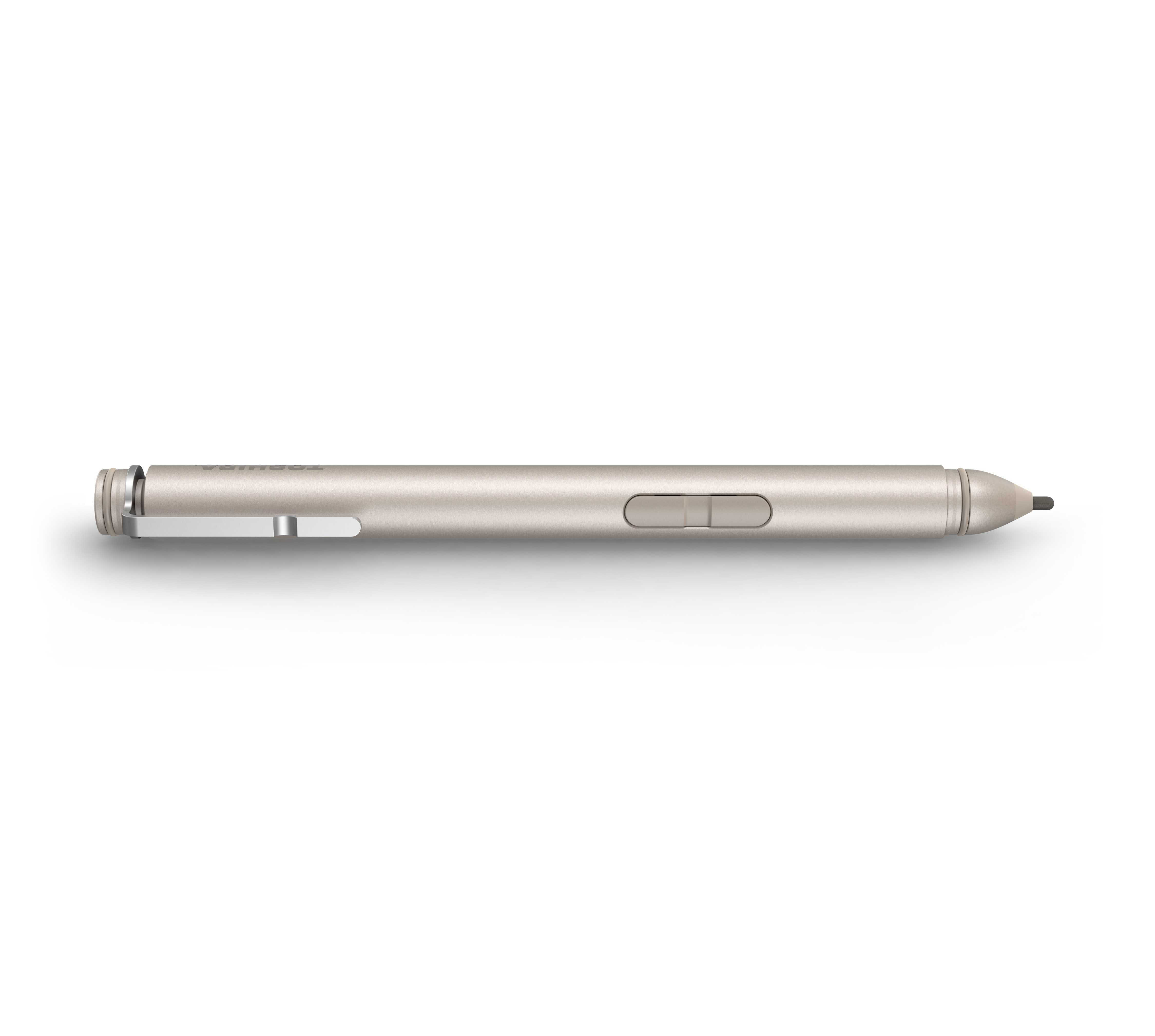
Windows 10 pen and touch improvements presented at Build.
Posted on 04 May 2015
Among the many well-presented and informative sessions at BUILD last week was one on pen and touch input, DirectInk and APIs in Windows 10 that will improve the experience, reduce latency and make it easier for developers to add ‘ink’ capabilities to Windows 10 applications. With around 15 million pen-enabled devices in customers hands and increase in the number of pen-enabled tablets available it currently represents a niche opportunity for developers but with these changes in Windows 10, Microsoft’s acquisition of N-Trig and the low-cost Surface 3 the opportunity could grow significantly.
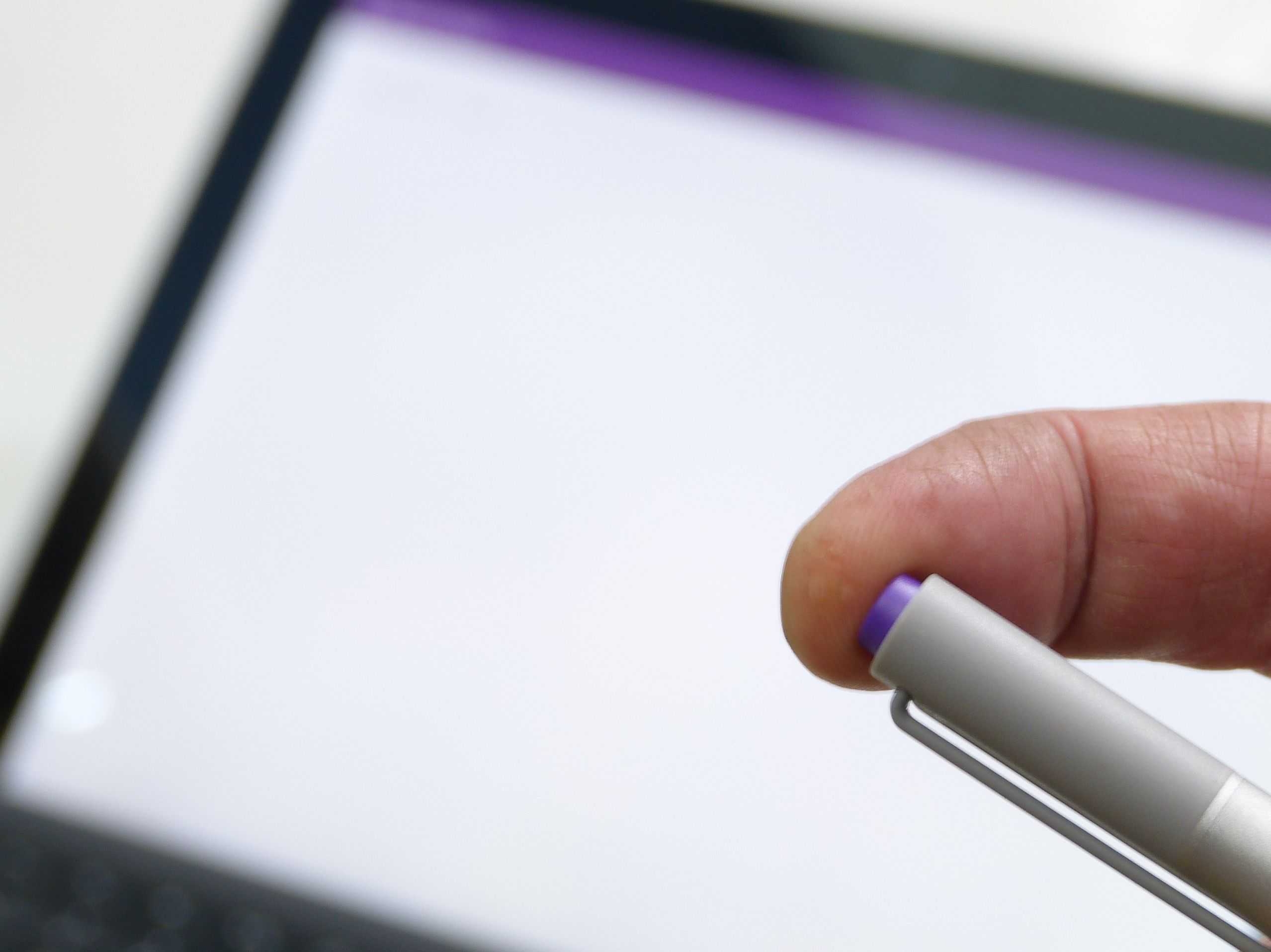
Microsoft Surface Pro 3 Extended Review 2019, with Advice.
Posted on 17 April 2015
Is the Surface Pro 3 still good? Are you looking at a second-hand purchase? This extensive review has now been updated for 2019/2020. TLD: It’s positive, and 6500 words follow…
Read the full story  |
| |||
 |
| |||
 |
| |||
 |
| |||
 |
| |||
 |
| |||
 |
| |||
 |
| |||
 |
| |||
 |
|

